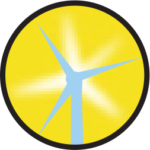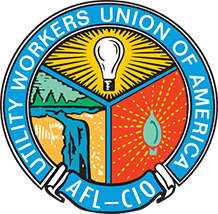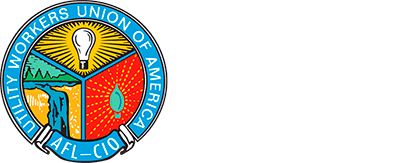 Water
Water
With Congress in flux as the new year approaches, much is being heard about the Water Resources Development Act (WRDA), as well as funding to help pay for repairs to the water infrastructure in Flint, Michigan. While prospects are always uncertain in a ‘lame duck,’ session of Congress, many in Washington remain optimistic that the Flint appropriations bill may still have a fighting chance.
 Natural Gas
Natural Gas
As high-visibility incidents such as the massive natural gas leak at Aliso Canyon in California, or the 2014 East Harlem gas explosion, continue to keep issues of public safety in the foreground, the UWUA has pressed ahead with efforts to support investment in pipeline repair and replacement. Working in conjunction with our partners at the BlueGreen Alliance, the UWUA is promoting large-scale investment to modernize natural gas pipeline networks and accelerate repair efforts.
 Carbon Capture Technology
Carbon Capture Technology
Working alongside a broad array of coalition partners within the National Enhanced Oil Recovery Initiative (NEORI) the UWUA, along with the energy industry, other labor unions and environmentalists, has been actively pressing Congress to incentivize the development and installation of carbon capture utilization and sequestration (CCUS) technology. With nearly one-fifth of the U.S. Senate, both Republicans and Democrats, having signed on to the 45Q tax credit policy needed to grow this technology, NEORI has reached out to the incoming administration team to seek it support. Building and maintaining the infrastructure needed to make CCUS work – pipelines, pumping stations, injection wells – in addition to the carbon
capture technology on power plants and energy-intensive industrial facilities, would mean new job creation.
 Next Generation Nuclear Power
Next Generation Nuclear Power
As a safe, reliable, baseload source of carbon-free energy, nuclear power will remain an essential element in America’s future. One of the key issues being dealt with at the federal Nuclear Regulatory Commission (NRC) then, is not whether nuclear infrastructure will continue to be built but, rather, understanding what new forms it will take. While the current American nuclear fleet, comprised primarily of light-water reactors designed many decades ago has served the nation well, nuclear technology has advanced sufficiently that the NRC is now undergoing a long-term internal process to develop a regulatory infrastructure capable of evaluating and licensing the type of small modular reactors and non-light water reactors that are being designed for the future of the nuclear industry. In an ‘all-of-the-above’ energy policy landscape, nuclear power’s carbon-free energy is expected to press ahead in spite of any political headwinds that may otherwise be slowing the advancement of climate policy.
 Utility-Scale Solar Energy
Utility-Scale Solar Energy
Ohio energy provider, AEP, as part of an agreement with environmental groups last year to phase out some of its coal-fired power production capacity, or convert to gas, has also agreed to develop 400 megawatts of solar energy, with preference for that development taking place in Appalachian Ohio. Though there are still many hurdles to overcome, the commitment is firm, and the potential for job creation in the building, installation and operation of a utility-scale solar facility could be significant for hard-hit areas in Ohio. More efficient in terms of both energy and economics, utility-scale solar also has a better carbon emissions profile than the kind of ‘roof-top’ distributed solar systems more commonly seen. Working with labor and environmental partners at the BlueGreen Alliance, the UWUA is actively taking part in the discussions around AEP’s development of utility solar and anticipates continued substantial investment in this critical piece of America’s energy puzzle.
 Wind
Wind
Regardless of shifting winds in the national political landscape, there is no reason to think that the pace of investment in renewable energy sources such as wind and solar power will significantly slow. Indeed, with both production and investment tax credits having been put in place for each of these industries at the end of 2015, the way ahead remains clear – invest and build. Even while market forces continue to drive a massive increase in the use of natural gas as an energy source, there is still plenty of room in America’s energy ecosphere for these smaller, but growing sectors as well. Nowhere is this more apparent than in the Block Island Wind Farm off the coast of Rhode Island where, already, the UWUA is taking its place as a leading union in innovation and technology in the energy industry. As a union-built, and union-operated energy source, Block Island demonstrates the reality of the wind industry’s place in America’s energy infrastructure.

